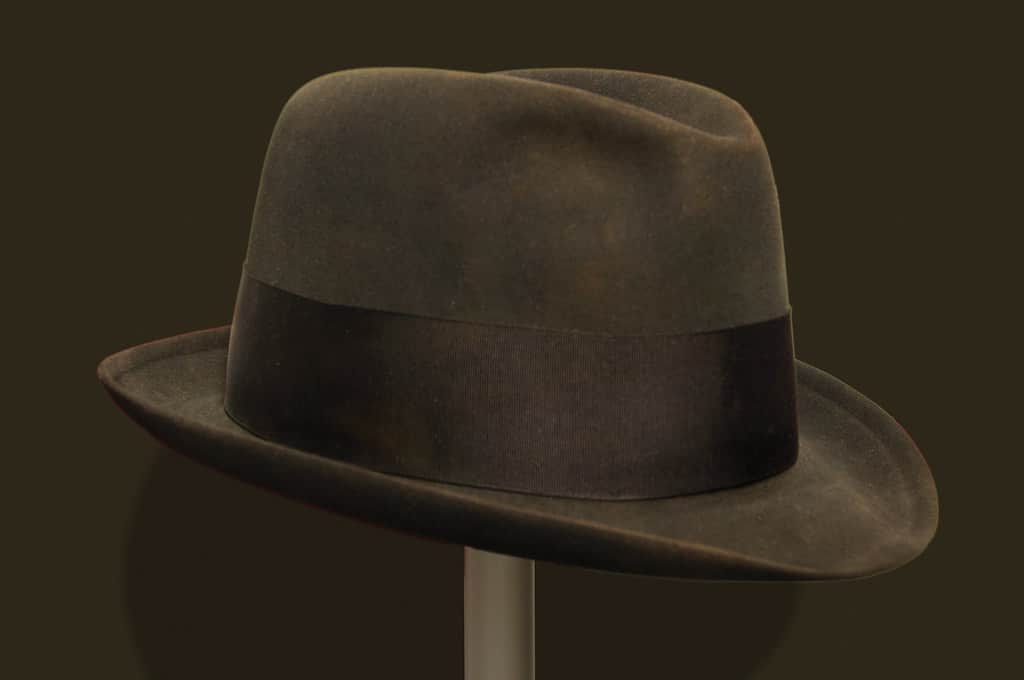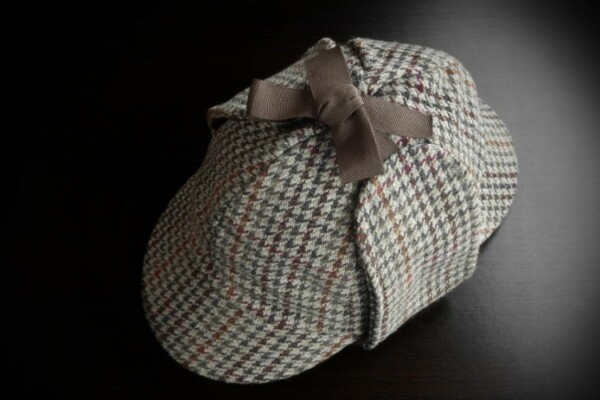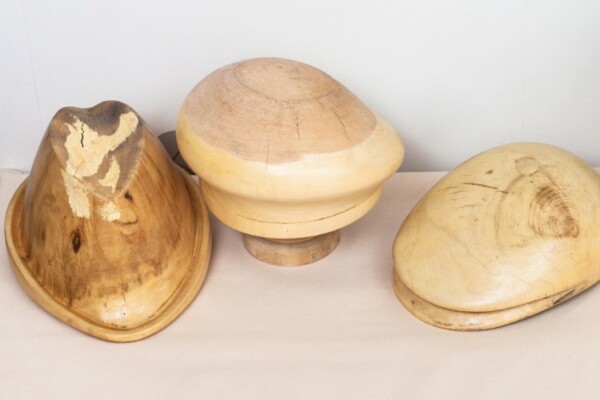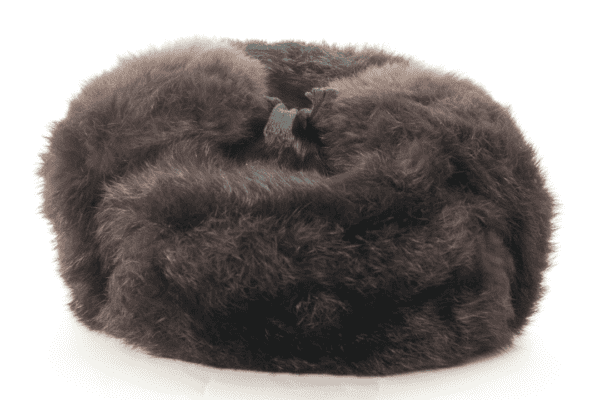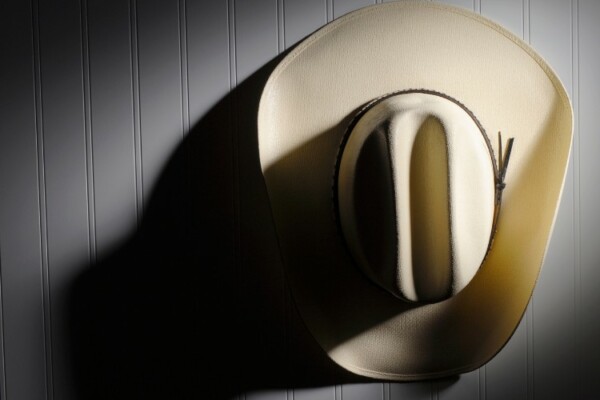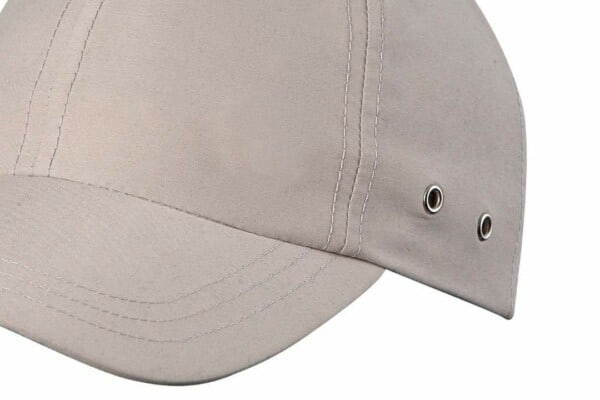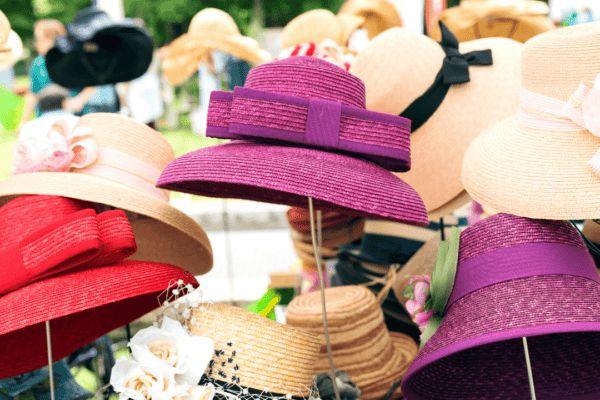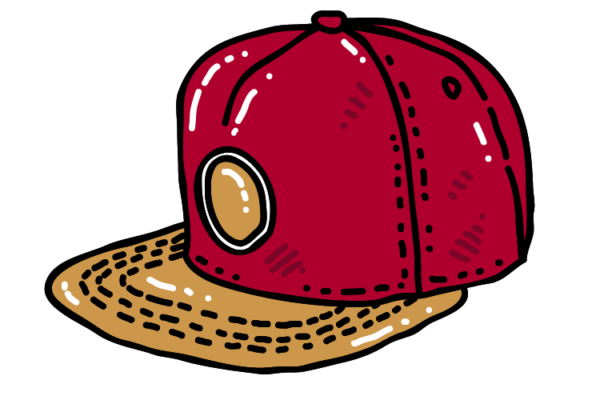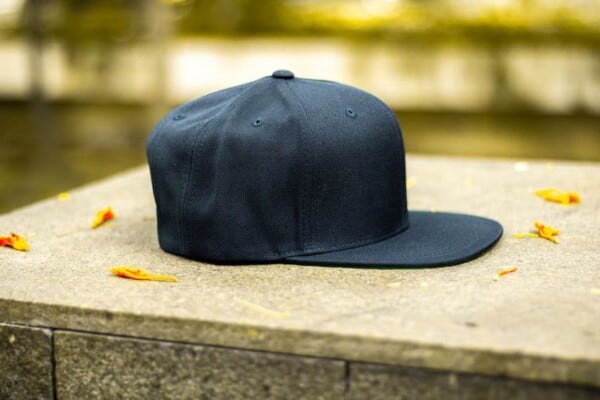Throughout history, fashion trends have come and gone. However, the fedora is still widely worn compared to other hat styles such as the bowler and the top hat.
With several crown variations on a fedora the hat allows plenty of room for individual flair.
The fedora hat has undergone several shifts over the years. So, let’s review the fedora’s history and intriguing facts about this classic headwear.

The History of Fedoras
The fedora first rose to fame in 1891 after several calls to replace the traditional homburg hat. This new hat trend spread even further when, in 1924, Prince Edward of Wales began donning the fedora publicly.
The hat’s sleek and protective design made it especially attractive, becoming an acceptable accessory for men and women by the early 20th century.
Read more about the origin of the fedora here.
The Black Fedora Is a Symbol in Judaism
Since the early 20th century, the fedora has expanded its reach into several religious communities. The black fedora is now a symbolic piece of daily attire in Orthodox and Haredi Judaism practices. The Italian Borsalino brand is particularly popular.
This is just one example of the many cultures and subcultures that have adopted the fedora as a symbol or a signature fashion statement.
The Fedora Was Once a Woman’s Hat
Before Prince Edward of Wales kickstarted the fedora’s popularity among men, the fedora was originally a woman’s hat.
Actress Sarah Bernhardt famously wore a fedora in a play by the same name (Fedora). This soft-brimmed, central-creased hat was an immediate hit among women, particularly women’s rights activists.
The Fedora Is Associated With Gangster Culture
The mid-1920s were the fedora’s unofficial rise to popularity. At the same time, Prohibition and gangster culture took center stage in the United States.
As a result, fedoras became a fashionable symbol amongst well-known gangsters, like Al Capone, who was perhaps the most infamous figure in gangster culture. He is a prime example of a public figure contributing to the fedora’s popularity.
Discover more about Al Capone’s hat here.

Gangster Fedora Style on Amazon.
It has been common for celebrities and other public figures to kickstart fashion trends, perhaps unintentionally. It is natural for fans to mimic the behaviors and even fashion senses of their favorite famous people.
The Fedora Has Starred in Many Films
Since the 1940s and 1950s, the fedora hat has become a popular costume piece on Hollywood movie sets. The fedora is an everyday accessory donned in 1920s-era gangster films.
Freddie Kreuger and Indiana Jones are just a few examples of iconic movie characters who wear a fedora on their domes.

Michael Jackson and Britney Spears Were Fans
Brittney Spears, Justin Timberlake, and Michael Jackson are just a few recording artists who keep the fedora spirit alive and well.

All the artists listed are well known for incorporating the fedora into their wardrobe when they took the stage and appeared in other public spaces.
The Fedora’s Brim Has Four Distinct Edges
There are four ways to shape the edge on a fedora. One of the most popular styles includes a raw, cut edge. Other less common options include:
- An edge that is tucked folded, and sewn underneath the brim’s edge
- A ribbon wrapped over the edge of the brim
- The vintage Cavenagh Edge, which is no longer in style
Fedoras Use Rabbit, Wool, and Cashmere Materials
The classic fedora boasts a standard felt construction. However, some modern fedoras include rabbit, wool, cashmere, and beaver felts. Materials used to make fedoras include leather, straw, linen, cotton, and hemp.
The price of a fedora, similar to that of other hats and accessories, depends upon the fabric quality. Leather and beaver felt are two higher-end materials often used to craft fedora hats.
Final Thoughts
The fedora is just one of the many fashion trends that have remained popular throughout history. The fedora hat has represented several symbols across multiple communities since 1891. These include the Orthodox community, recording artists, gangsters, women’s rights activists, and movie sets.
Contents
- The History of Fedoras
- The Black Fedora Is a Symbol in Judaism
- The Fedora Was Once a Woman’s Hat
- The Fedora Is Associated With Gangster Culture
- The Fedora Has Starred in Many Films
- Michael Jackson and Britney Spears Were Fans
- The Fedora’s Brim Has Four Distinct Edges
- Fedoras Use Rabbit, Wool, and Cashmere Materials

